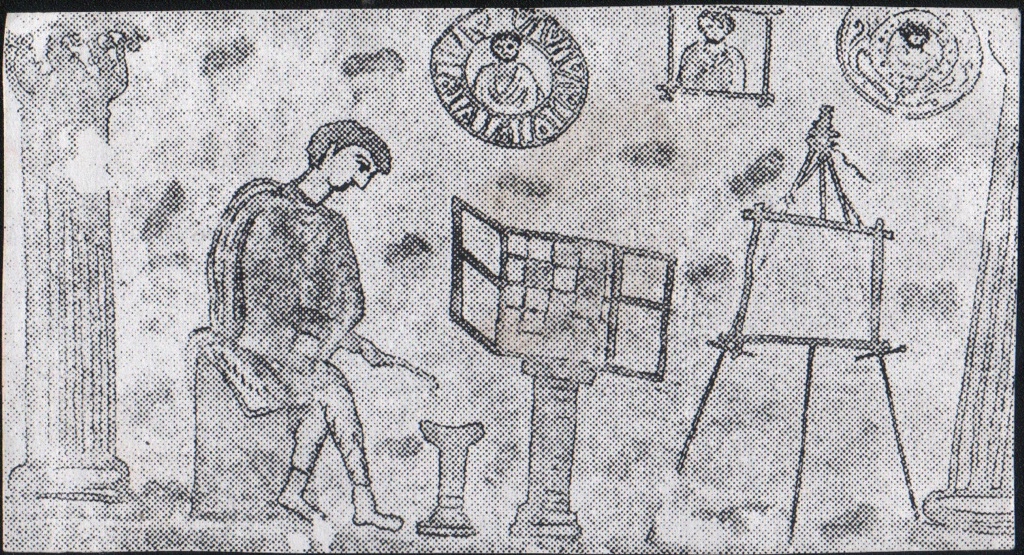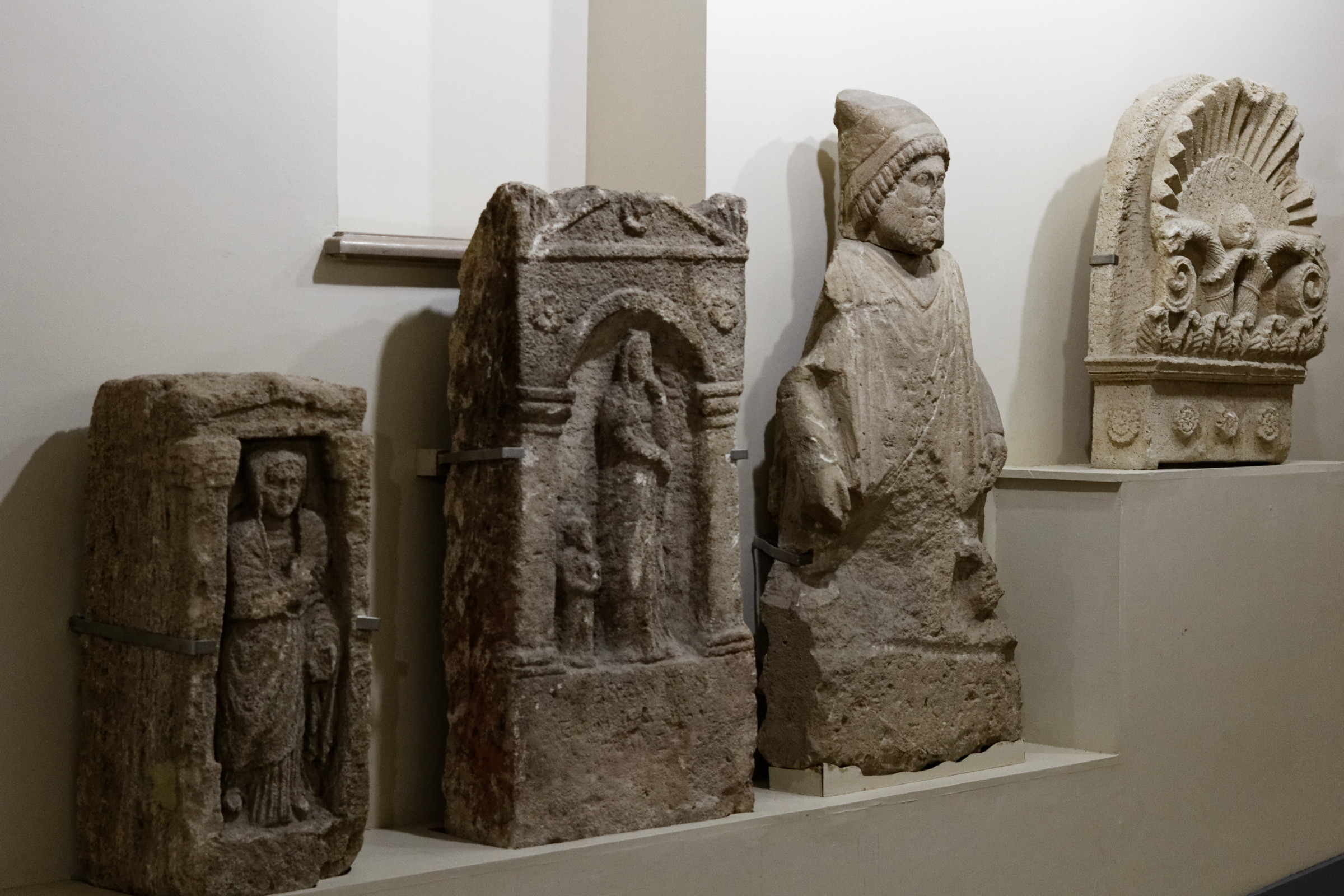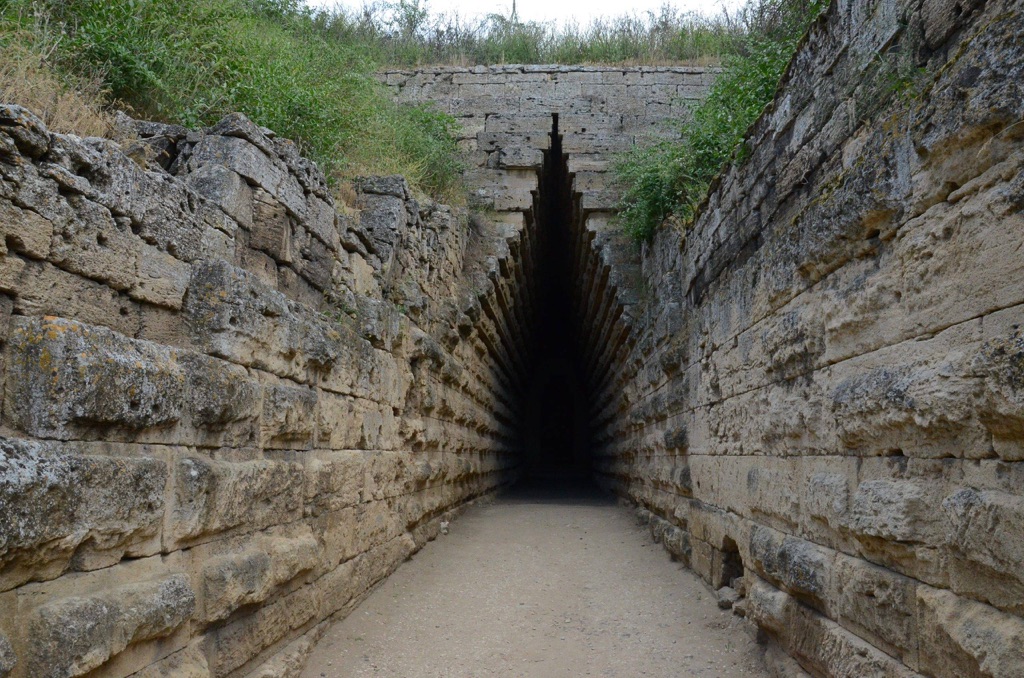The Royal Kurgan, a majestic burial mound located in the modern-day town of Kerch in Crimea, is a testament to the grandeur of the ancient world. This impressive structure, dating back to the 4th century BC, is one of the most significant remnants of the Bosporan Kingdom, a powerful ancient state on the northern shores of the Black Sea.
Bosporan Kingdom

The Bosporan Kingdom, an ancient state located on the eastern shores of the Black Sea, particularly around the Kerch Strait, stands as a remarkable testament to the blend of Greek and local cultures. Established in the 5th century BC, it emerged from the Greek colonies of Panticapaeum (modern-day Kerch) and its surroundings. This kingdom was unique, as it was one of the longest-lasting Hellenistic regimes, surviving well into the Roman era, showcasing a blend of Greek, Thracian, and Scythian cultures.
The strategic location of the Bosporan Kingdom played a crucial role in its economic prosperity and longevity. It served as a vital trade hub between the Mediterranean and the vast Eurasian steppes. The kingdom’s economy was primarily based on agriculture, fishing, and the trade of wheat, fish, and slaves. Its rulers capitalized on its position, controlling the grain trade routes between the Black Sea and the Mediterranean. This economic prowess made the Bosporan Kingdom an essential ally and valuable trading partner for major powers, including Athens, Rome, and later Byzantium.
Politically, the Bosporan Kingdom was initially a democracy but evolved into a monarchy. Its governance was influenced by Hellenistic traditions, with local dynasties, such as the Spartocids, playing pivotal roles in its development and expansion. The kingdom’s rulers often engaged in diplomacy and marital alliances to secure their position and expand their influence. Despite facing numerous challenges, including invasions and internal strife, the Bosporan Kingdom managed to maintain its autonomy for centuries, partly due to its formidable defensive fortifications and strategic diplomatic relationships.

Culturally, the Bosporan Kingdom was a melting pot. Greek culture, language, and religion were predominant, but there was significant local influence as well. This blend is evident in the archaeological remains, including temples dedicated to Greek gods, alongside kurgans (burial mounds) which reflect local customs. The kingdom’s art and architecture also display a fusion of styles, contributing to the unique cultural landscape of the region.
The decline of the Bosporan Kingdom began in the 3rd century AD, under the pressure of Gothic invasions and the rising power of the Huns. Although it became a client state of the Roman Empire, receiving military support in exchange for grain, the kingdom’s power waned. By the end of the 4th century, it had lost much of its territory and influence. However, the legacy of the Bosporan Kingdom continued to echo through the ages, as it played a crucial role in the spread of Hellenistic culture across the Black Sea region and into the steppes of Eurasia.
Today, the Bosporan Kingdom is a subject of fascination for historians and archaeologists alike. Its remains offer invaluable insights into the complex interactions between Greek colonists and local populations, as well as the broader dynamics of ancient trade and cultural exchange. The kingdom’s ability to adapt and thrive in a changing world provides a compelling study of resilience and cultural fusion in the ancient world.

